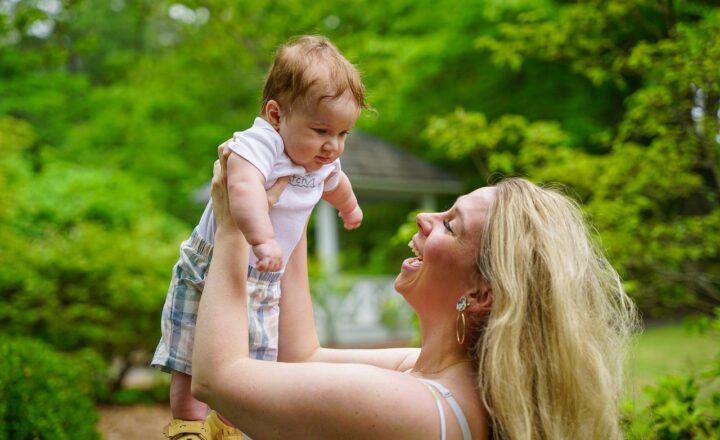
Having pets at home is a rewarding experience, but it also comes with responsibilities—especially when it comes to safety. From potential hazards around the house to common accidents that can happen unexpectedly, pet-proofing your home is essential to ensure your furry friends are safe and comfortable. In this comprehensive guide, we’ll cover key areas and give you practical advice on how to make your home a safe haven for your pets.
1. Understanding Pet-Proofing: Why It’s Important
Pet-proofing goes beyond keeping breakable items out of reach. Many everyday household items pose risks to pets, from small objects they might ingest to chemicals that could harm them if they come in contact. While some dangers are visible, others can be easy to overlook. Proper pet-proofing can prevent injuries and give you peace of mind, knowing your pets can roam safely.
2. Pet-Proofing the Living Room
The living room is a central part of your home where pets often spend a lot of time. Here’s how to ensure it’s safe:
- Secure Cords and Cables: Electrical cords can be tempting for pets, especially for cats and puppies who love to chew. Use cord organizers, covers, or tie cables to furniture to keep them out of reach.
- Keep Small Objects Out of Reach: Items like coins, batteries, and small toys are choking hazards for pets. Make sure to store these items in closed containers or higher shelves.
- Cover Sharp Corners: Dogs and cats can injure themselves on sharp table edges. Using corner guards on tables and shelves can prevent potential injuries, especially if you have an energetic pet.
- Watch Out for Recliners: Pets can get caught in recliners or under furniture. Always check before closing or moving any furniture that reclines or has small spaces.
3. Keeping the Kitchen Pet-Safe
Kitchens can be dangerous for pets due to food, cleaning products, and sharp objects. Here’s how to pet-proof the kitchen:
- Store Food Securely: Some human foods, like chocolate, onions, and grapes, are toxic to pets. Store food in closed cabinets and avoid leaving food on counters or tables.
- Secure Trash Cans: Pets, especially dogs, may rummage through trash, which can expose them to harmful food scraps and sharp objects. Use trash cans with secure lids or store them in cabinets.
- Store Cleaning Products Out of Reach: Cleaning products can be highly toxic if ingested. Keep them in locked cabinets or high shelves where pets can’t access them.
- Mind the Stove: Pets can accidentally turn knobs or jump onto stoves. Use covers on stove knobs or choose a model with pet-safe features.
4. Making the Bedroom a Safe Zone
Bedrooms may seem safe, but there are hidden dangers to consider:
- Secure Pillows and Blankets: Small pets, especially cats, might burrow under blankets and get trapped. Make sure bedding is properly placed and check before sitting or moving blankets.
- Store Medicines Safely: Medications, even in small doses, can be harmful to pets. Keep them in drawers or high shelves where pets can’t reach.
- Watch Out for Jewelry and Small Items: Pets may swallow small objects like earrings, causing choking hazards. Use a jewelry box with a lid to store accessories securely.
- Avoid Leaving Clothes on the Floor: Small items on clothing, like buttons or loose threads, may attract pets who could ingest them.
5. Bathroom Safety for Pets
Bathrooms contain items that can be dangerous to pets if not properly stored. Here’s what you need to do:
- Close Toilet Lids: Pets may drink from toilets, which can be unsanitary. Close the toilet lid when not in use to prevent access.
- Store Cleaning Products in Cabinets: Bathroom cleaning products, such as bleach, are toxic. Store them in locked cabinets to keep them out of reach.
- Mind Your Toiletries: Items like razors, floss, and hair ties can be tempting but dangerous if ingested. Keep them in closed drawers or on high shelves.
- Remove Scented Items: Scented items like candles, potpourri, and essential oils can irritate pets’ noses and even be toxic if ingested. Choose unscented items or ensure they are placed out of reach.
6. Outdoors and Garden Safety
For homes with outdoor areas, it’s crucial to consider potential hazards:
- Choose Pet-Friendly Plants: Some plants, such as lilies and poinsettias, are toxic to pets. Make sure your garden or indoor plants are safe for pets, or keep toxic plants out of reach.
- Secure Fences and Gates: Ensure all outdoor fences and gates are secure to prevent pets from escaping.
- Store Gardening Tools Safely: Sharp tools should be stored out of reach to prevent injuries. Opt for closed storage like a shed or locked box.
- Avoid Using Pesticides and Herbicides: Many garden chemicals are harmful to pets. Look for pet-safe alternatives if necessary.
7. Additional Safety Tips for New Pet Owners
If you’ve recently adopted a pet, here are some extra tips to keep in mind:
- Set Up Pet Gates: Use pet gates to restrict access to rooms that aren’t pet-proofed yet.
- Consider Crate Training: Crate training can help keep pets safe when unsupervised and provides a safe space they can call their own.
- Install Window Screens: If you like to keep windows open, make sure they’re equipped with secure screens to prevent accidental falls.
- Get Down to Pet Level: Crawl around your home to see things from your pet’s perspective. This can help you spot hazards you might miss standing up.
Conclusion
Pet-proofing your home is an essential step for ensuring your furry friends stay safe and happy. By taking preventative measures, securing hazardous items, and making simple adjustments to your living space, you can create a pet-friendly environment where your animals can roam freely without risk. Remember, pet-proofing isn’t a one-time task—it’s an ongoing commitment that will keep your pets protected as they explore their home.
With these tips, you’ll be well on your way to providing a safe and nurturing environment for your beloved pets. Whether you have a curious cat or an adventurous dog, a pet-proofed home can prevent accidents and allow you to enjoy a worry-free life with your furry companions.







